7 Unusual and Weird Information About Planet Mercury: You Can be Shocked 🤯
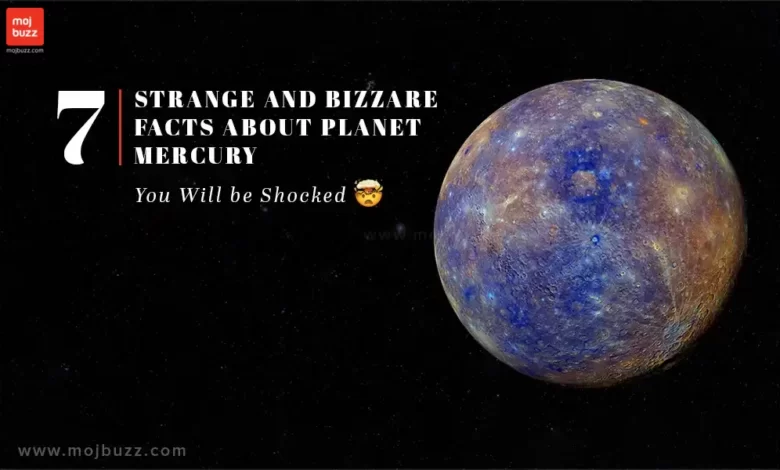
7 unusual and weird info about planet mercury: Our photo voltaic system’s innermost planet is fairly bizarre. Mercury, the smallest planet compared to the solar and simply barely bigger than the moon.
The planet may be seen with the bare eye, and other people have lengthy recognized this. In line with Universe Immediately, the planet was first talked about by the Sumerians within the second millennium BC (between the years 2000 to 1001 BC), and it was referred to as the planet Nabu by the Babylonians. We consult with it by the identify the Romans gave it in honour of their nimble messenger god Mercury. Galileo Galilei and Thomas Harriot, two astronomers, made the primary use of the newly developed telescope to look at the planet in 1631, based on NASA Science.
The tiny planet has fascinated astronomers ever since NASA’s Mariner 10 spacecraft paid it a go to in 1974. It’s going to little doubt proceed to shock us.
Right here we discover some unusual info in regards to the planet Mercury.
1. THE SOLAR SYSTEM’S LARGEST TEMPERATURE FLUCTUATIONS
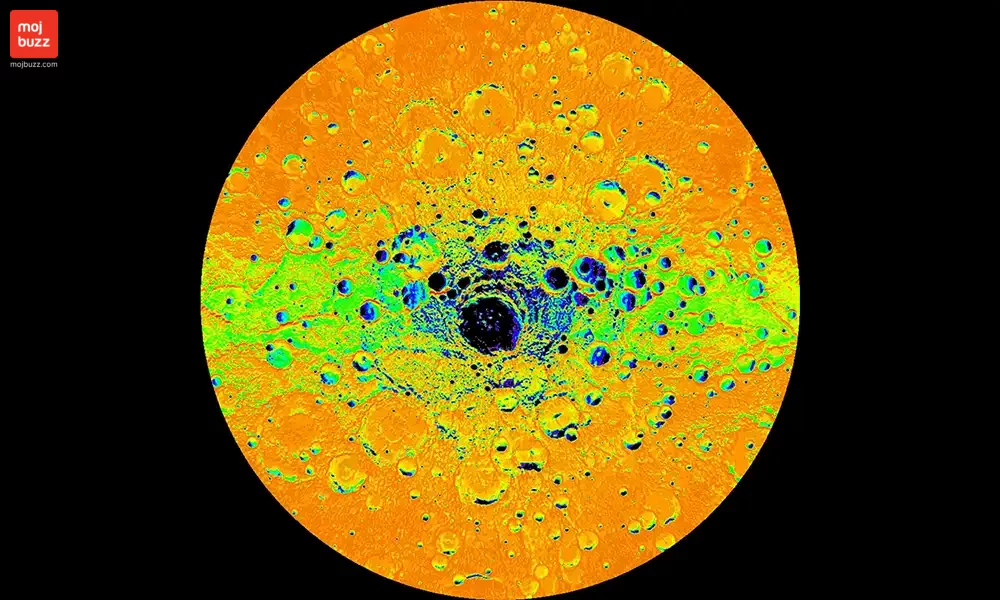
Mercury is the planet that’s closest to the solar, nevertheless, regardless of this, Mercury’s floor can nonetheless be fairly chilly as a result of it lacks a heat-trapping ambiance. In line with NASA, daytime temperatures can rise to a scorching 800 levels Fahrenheit (430 levels Celsius), whereas at night time, they will plunge to as little as minus 290 F (minus 180 C). The largest temperature swing skilled by any planet within the photo voltaic system, this variation equates to a change of practically 1,100 F (600 C).
2. THE SOLAR SYSTEM’S SMALLEST PLANET

The smallest planet within the photo voltaic system is Mercury. The tiny planet is just barely bigger than Earth’s moon and has a diameter of roughly 3,030 miles (4,876 kilometres), or about as huge because the continental United States.
Mercury is smaller than the moons of Jupiter and Saturn, Titan and Ganymede respectively. Mercury has taken over the title of the smallest planet from Pluto, which was beforehand regarded as the smallest planet within the photo voltaic system after it was reclassified as a dwarf planet in 2006.
3. A BIZARRE ORBIT
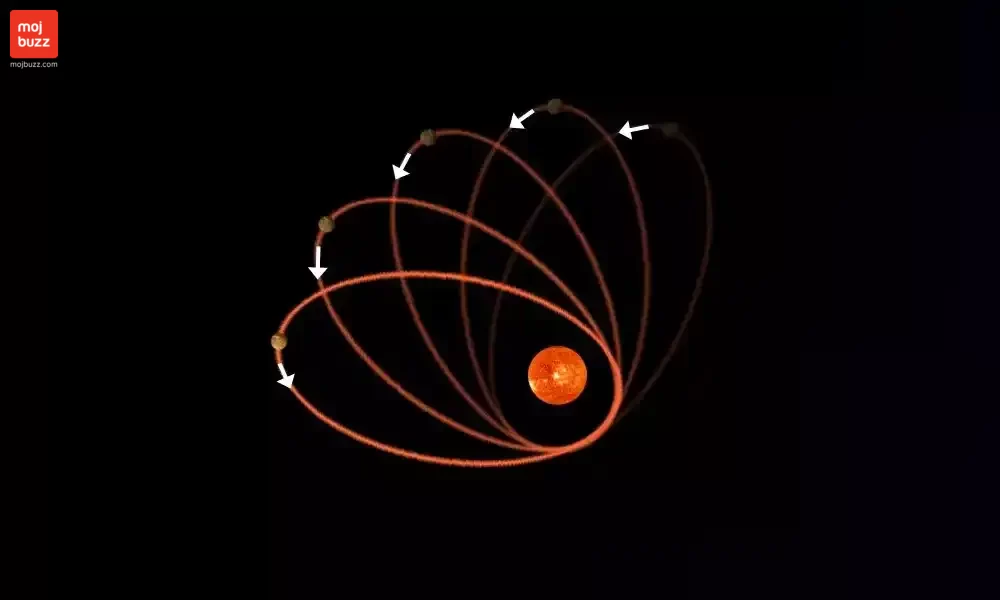
In line with NASA, Mercury is the quickest planet within the photo voltaic system, travelling across the solar at a velocity of about 29 miles (47 kilometres) per second each 88 Earth days. Along with being extraordinarily quick, Mercury’s orbit can also be extremely elliptical. The planet may be 42 million miles (70 million km) from the solar or as close to to it as 29 million miles (47 million km).
Additionally Learn: James Webb Space Telescope Mysterious Rings in New Telescope Photo | Astronomers Shock with this New Image JWST
4. SURFACE ICE LOCATED NEAR POLES

Inside a couple of of Mercury’s craters, NASA’s MESSENGER probe discovered water ice in 2012. In 2017, it was established that Mercury’s north pole is roofed in much more ice than was thought beforehand. When extremely shiny areas within the polar areas have been found by Earth-based telescopes within the Nineties, the opportunity of ice was first raised.
You may suppose it uncommon and unusual info about Mercury might have any floor ice in any respect given its proximity to the solar. Nevertheless, as a result of planet’s extraordinarily low axial tilt, the polar areas obtain little or no direct daylight, and sure craters are constantly darkish. Moreover, as a result of Mercury lacks any sort of ambiance, its temperatures range drastically all through the day and night time.
5. ENORMOUS IRON CORE
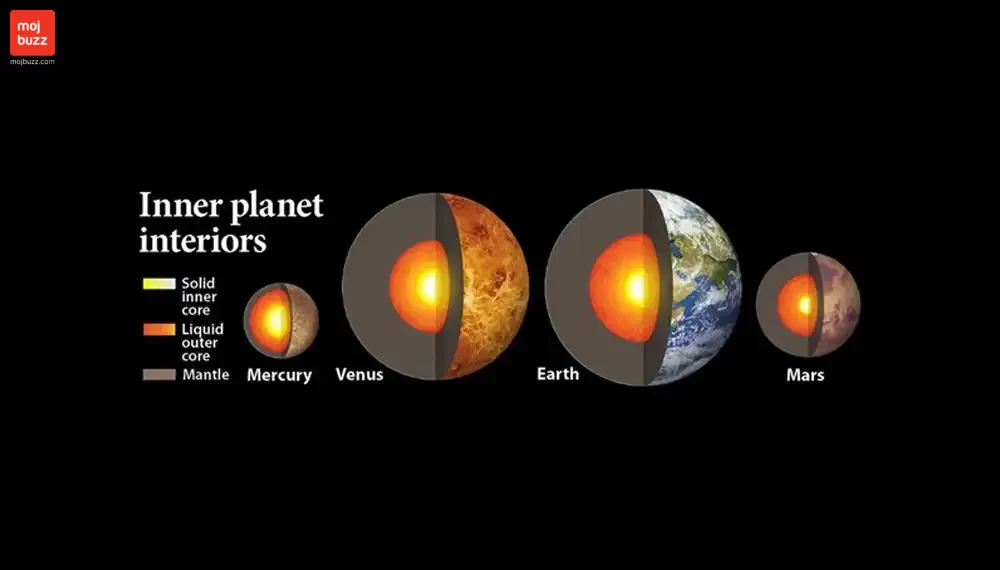
Round 75% of the planet’s diameter, or 2,200–2,400 miles (3,600–3,800 km), is made up of Mercury’s large metallic core. Mercury’s outer layer is just 300–400 miles (500–600 km) thick, to place issues into perspective.
Extra iron is current within the huge core than on another planet within the photo voltaic system. Scientists are not sure of the way it developed or why it’s so impossibly large.
6. THE SOLAR SYSTEM’S THINNEST ATMOSPHERE
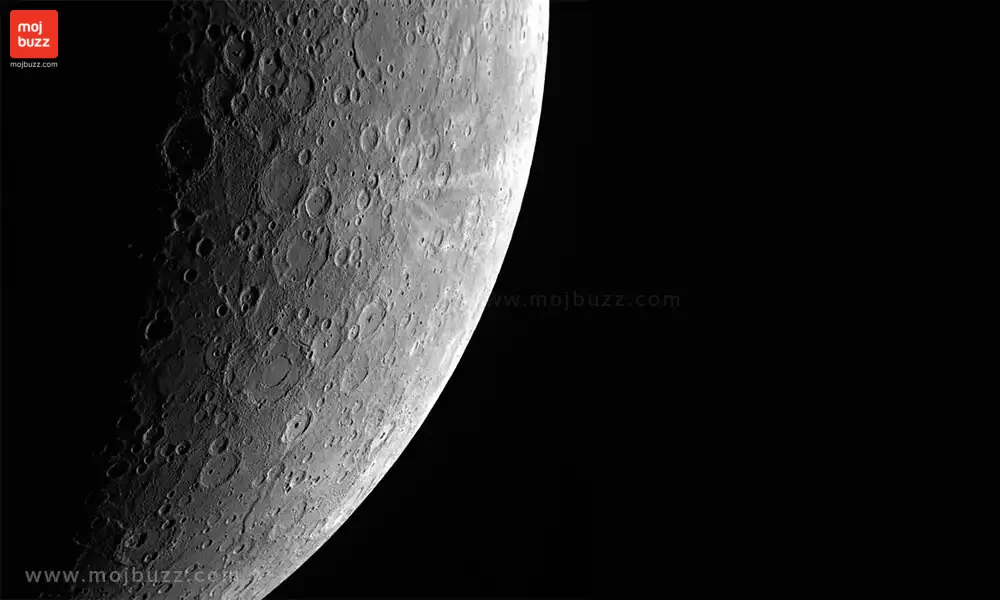
The ambiance of Mercury is the thinnest of any planet in our photo voltaic system. For the reason that ambiance is so skinny, the exosphere is one other time period for it utilized by scientists. In line with NASA, oxygen, sodium, hydrogen, helium, and potassium make up the vast majority of Mercury’s exosphere.
Additionally Learn: Internet Baffled with New Images of Jupiter from James Webb Space Telescope: NASA Releases Stunning New Images
7. WEIRD ‘TAILS’

Researchers have discovered that Mercury comprises comet-like jets of particles sloughing off its floor. Astrophotographers on Earth can seize these fascinating tails in long-exposure photographs.
The tails, based on scientists, are created when sodium in Mercury’s exosphere glows on account of being energised by daylight. In line with a NASA Science article, daylight can doubtlessly break these molecules off Mercury’s floor and launch them into area.
Follow us on:
to Get Latest News, Entertainment, and Web Series Updates for Free
Click here to go to the Homepage
Keep Tuned with mojbuzz.com for more Entertainment



